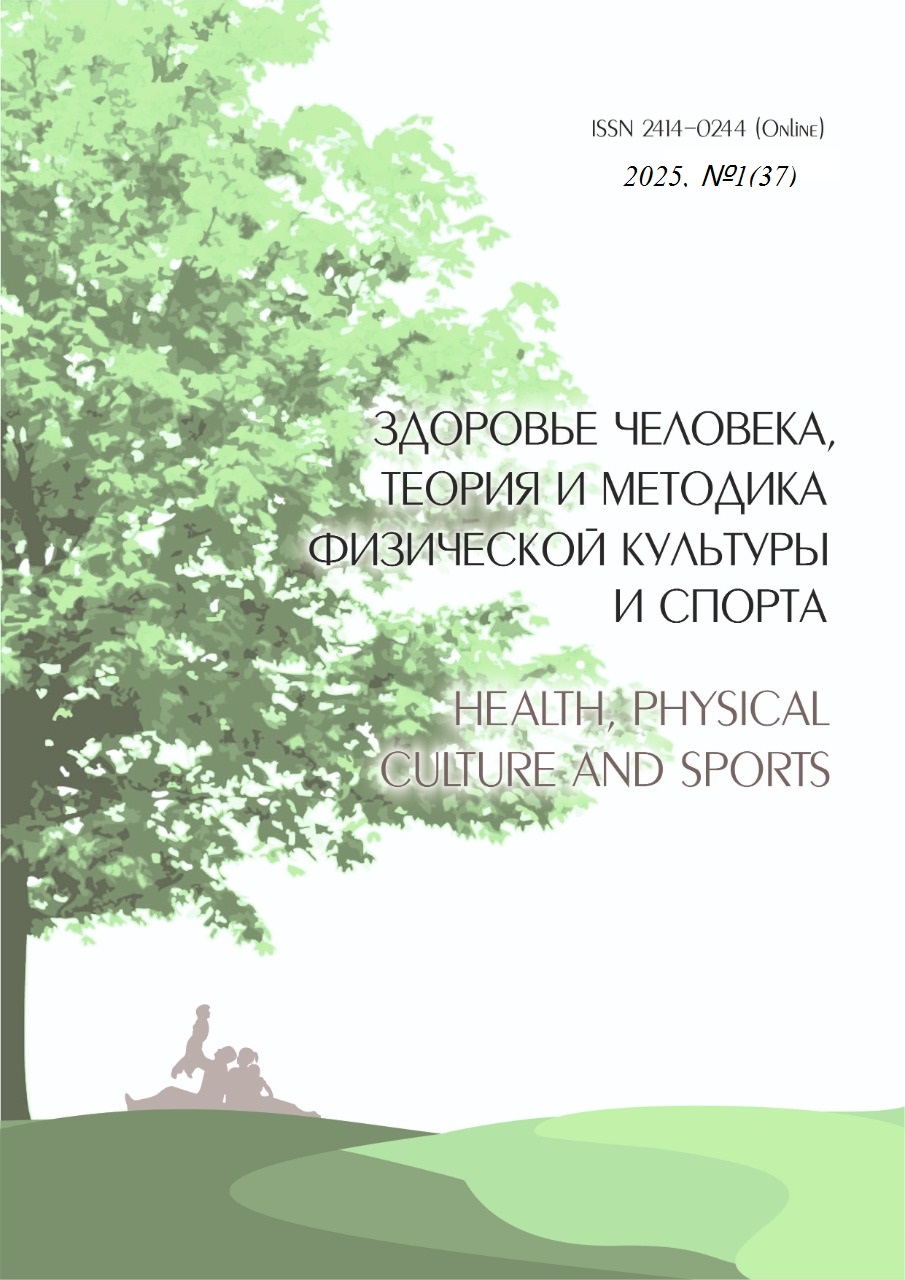CREATIVE COMPETENCEAS AN ESSENTIAL POSITION IN EDUCATION AND PEDAGOGY
Abstract
The article is devoted to the study of creative competence as an integral position in the system of education and pedagogy. In the context of rapid changes in the social and economic spheres that require flexibility and an innovative approach, education should not only impart knowledge, but also develop students' ability to creatively solve problems, generate new ideas and apply non-standard methods in their professional activities. The article discusses the theoretical foundations of creative competence, its key components, as well as the role of teachers in its formation. Particular attention is paid to the integration of creativity into the educational process at various levels of education, from school to higher education, as well as the use of innovative methods, such as project-based learning, creative pedagogical technologies and interdisciplinary approaches.
Downloads
References
Иванова Н.Ф. Развитие креативных способностей у школьников в условиях современного образовательного процесса / Н.Ф. Иванова. – Санкт-Петербург: Лань, 2022. – 185 с.
Сущенко, В. П. Показатели, определяющие готовность инструкторов по рукопашному бою силовых структур к педагогической деятельности / В. П. Сущенко, А. В. Ворожейкин // Ученые записки университета им. П.Ф. Лесгафта. – 2016. – № 12(142). – С. 127-130.
Additional physical training for children over five years old / N. Mischenko, M. Kolokoltsev, E. Romanova [et al.] // Journal of Physical Education and Sport. – 2021. – Vol. 21, No. 3. – P. 1444-1454. – DOI 10.7752/jpes.2021.03184.
Correction of motor stereotypes using dance exercises in children with Down syndrome / A. Eshiev, T. Martirosova, A. Metalnikov [et al.] // Journal of Physical Education and Sport. Volume 24, Issue 11, November 2024, P. 1927-1935, Doi: 10.7752/jpes.2024.11289.
Effectiveness of physical rehabilitation methods after knee arthroscopy for sports injuries / A. Metalnikov, A. Eshiev, A. Vorozheikin [et al.] // Journal of Physical Education and Sport. Volume 24, Issue 11, November 2024, P. 1892-1900, Doi: 10.7752/jpes.2024.11285.
Pilates program use for high school girls' additional physical education / N. Mischenko, M. Kolokoltsev, E. Romanova [et al.] // Journal of Physical Education and Sport. – 2020. – Vol. 20, No. 6. – P. 3485-3490. – DOI 10.7752/jpes.2020.06470.
Mischenko, 2020Physical education of girls from different somatotypes and health groups / M. Kolokoltsev, L. Kuznetsova, V. Makeeva [et al.] // Journal of Physical Education and Sport. – 2021. – Vol. 21, No. 2. – P. 852-859. – DOI 10.7752/jpes.2021.02106.
Kolokoltsev, 2021Results of using a plant adaptogen to improve the functional state of athletes / I. Bocharin, A. Eshiev, M. Guryanov [et al.] // Journal of Physical Education and Sport. Volume 24, Issue 11, November 2024, P. 1884-1891, Doi: 10.7752/jpes.2024.11284
An author should not normally publish manuscripts describing essentially the same research in multiple journals or publication venues. Such redundant publication is generally considered to constitute unethical publishing behavior, and if discovered may result in a manuscript under consideration being rejected, or a published article being retracted.
Authors of manuscripts reporting on original research should present an accurate account of the work performed, accompanied by an objective discussion of its significance. Underlying data should be represented accurately in the manuscript. The manuscript should contain sufficient detail and references to permit others to replicate the work. The fabrication of results and the making of fraudulent or knowingly inaccurate statements constitute unethical behavior and may be cause for rejection or retraction of a manuscript or published article.





